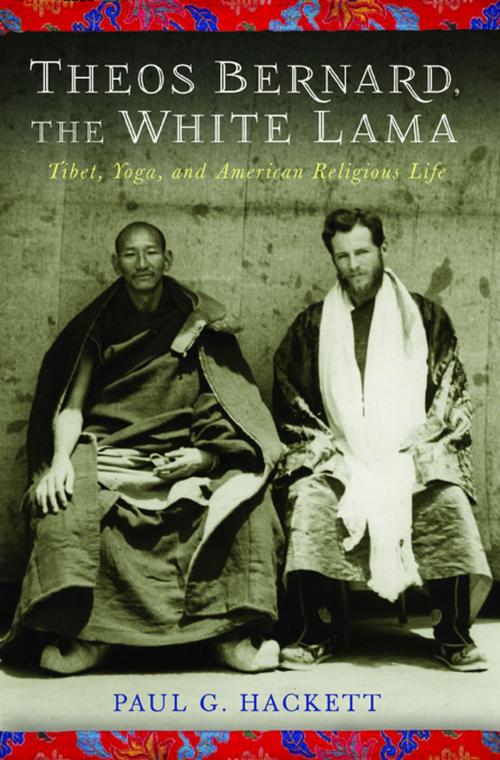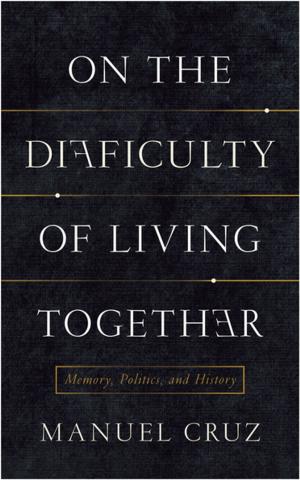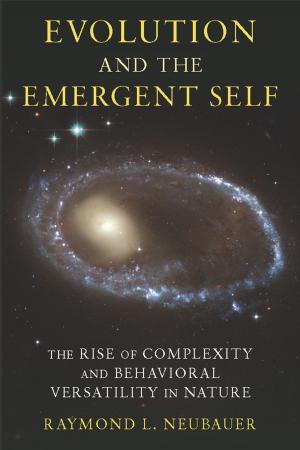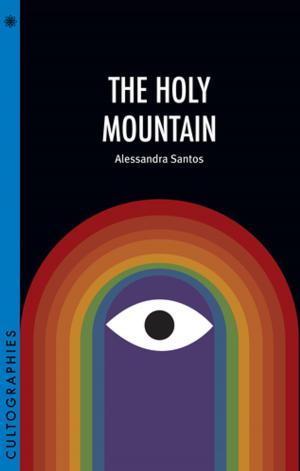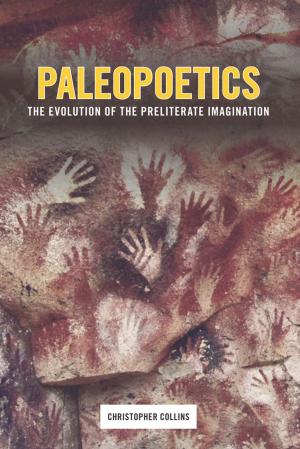Theos Bernard, the White Lama
Tibet, Yoga, and American Religious Life
Nonfiction, Religion & Spirituality, Eastern Religions, Buddhism, Biography & Memoir, Religious| Author: | Paul Hackett | ISBN: | 9780231530378 |
| Publisher: | Columbia University Press | Publication: | May 1, 2012 |
| Imprint: | Columbia University Press | Language: | English |
| Author: | Paul Hackett |
| ISBN: | 9780231530378 |
| Publisher: | Columbia University Press |
| Publication: | May 1, 2012 |
| Imprint: | Columbia University Press |
| Language: | English |
In 1937, Theos Casimir Bernard (1908–1947), the self-proclaimed "White Lama," became the third American in history to reach Lhasa, the capital city of Tibet. During his stay, he amassed the largest collection of Tibetan texts, art, and artifacts in the Western hemisphere at that time. He also documented, in both still photography and 16mm film, the age-old civilization of Tibet on the eve of its destruction by Chinese Communists.
Based on thousands of primary sources and rare archival materials, Theos Bernard, the White Lama recounts the real story behind the purported adventures of this iconic figure and his role in the growth of America's religious counterculture. Over the course of his brief life, Bernard met, associated, and corresponded with the major social, political, and cultural leaders of his day, from the Regent and high politicians of Tibet to saints, scholars, and diplomats of British India, from Charles Lindbergh and Franklin Delano Roosevelt to Gandhi and Nehru. Although hailed as a brilliant pioneer by the media, Bernard also had his flaws. He was an entrepreneur propelled by grandiose schemes, a handsome man who shamelessly used his looks to bounce from rich wife to rich wife in support of his activities, and a master manipulator who concocted his own interpretation of Eastern wisdom to suit his ends. Bernard had a bright future before him, but disappeared in India during the communal violence of the 1947 Partition, never to be seen again.
Through diaries, interviews, and previously unstudied documents, Paul G. Hackett shares Bernard's compelling life story, along with his efforts to awaken America's religious counterculture to the unfolding events in India, the Himalayas, and Tibet. Hackett concludes with a detailed geographical and cultural trace of Bernard's Indian and Tibetan journeys, which shed rare light on the explorer's mysterious disappearance.
In 1937, Theos Casimir Bernard (1908–1947), the self-proclaimed "White Lama," became the third American in history to reach Lhasa, the capital city of Tibet. During his stay, he amassed the largest collection of Tibetan texts, art, and artifacts in the Western hemisphere at that time. He also documented, in both still photography and 16mm film, the age-old civilization of Tibet on the eve of its destruction by Chinese Communists.
Based on thousands of primary sources and rare archival materials, Theos Bernard, the White Lama recounts the real story behind the purported adventures of this iconic figure and his role in the growth of America's religious counterculture. Over the course of his brief life, Bernard met, associated, and corresponded with the major social, political, and cultural leaders of his day, from the Regent and high politicians of Tibet to saints, scholars, and diplomats of British India, from Charles Lindbergh and Franklin Delano Roosevelt to Gandhi and Nehru. Although hailed as a brilliant pioneer by the media, Bernard also had his flaws. He was an entrepreneur propelled by grandiose schemes, a handsome man who shamelessly used his looks to bounce from rich wife to rich wife in support of his activities, and a master manipulator who concocted his own interpretation of Eastern wisdom to suit his ends. Bernard had a bright future before him, but disappeared in India during the communal violence of the 1947 Partition, never to be seen again.
Through diaries, interviews, and previously unstudied documents, Paul G. Hackett shares Bernard's compelling life story, along with his efforts to awaken America's religious counterculture to the unfolding events in India, the Himalayas, and Tibet. Hackett concludes with a detailed geographical and cultural trace of Bernard's Indian and Tibetan journeys, which shed rare light on the explorer's mysterious disappearance.
